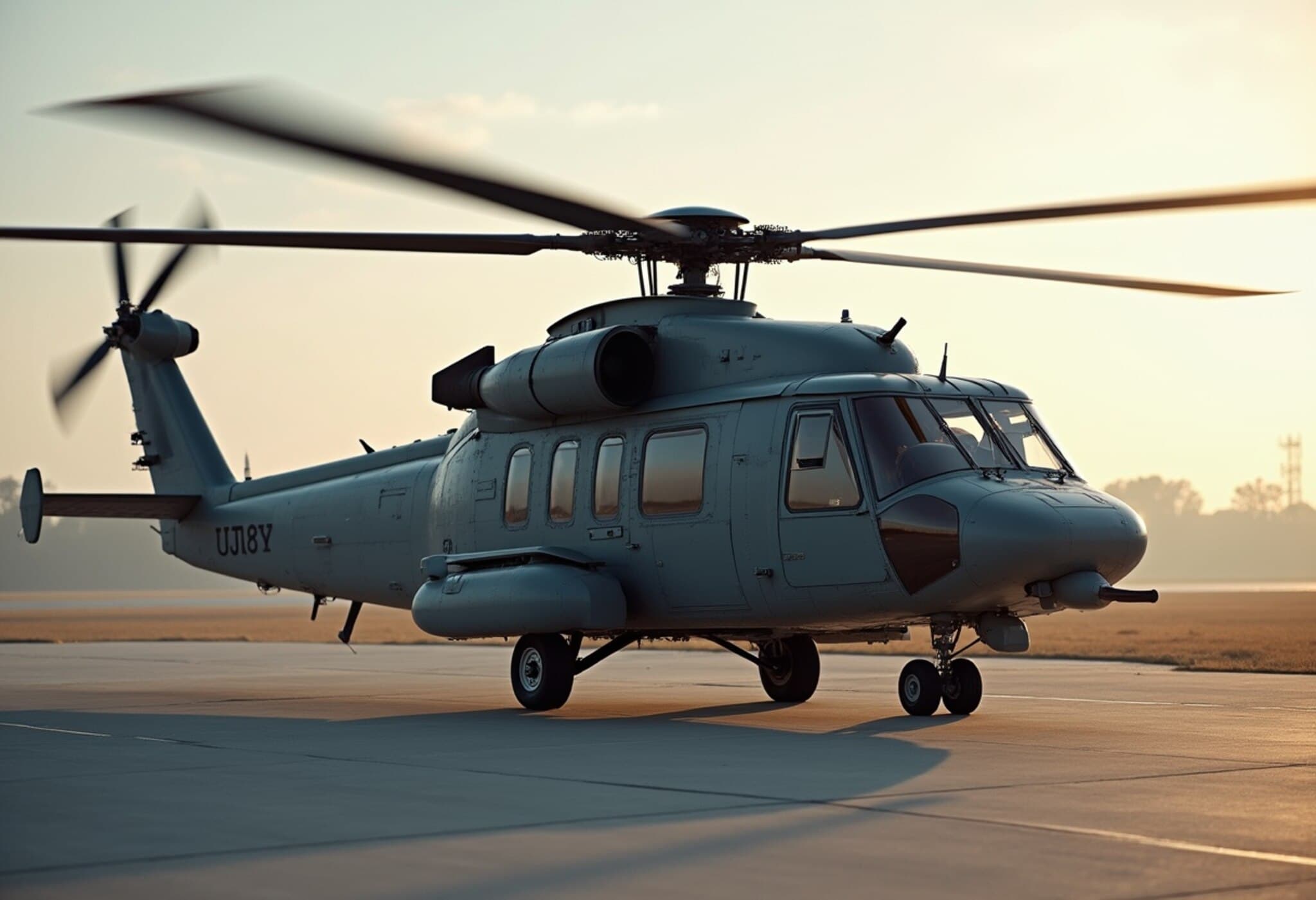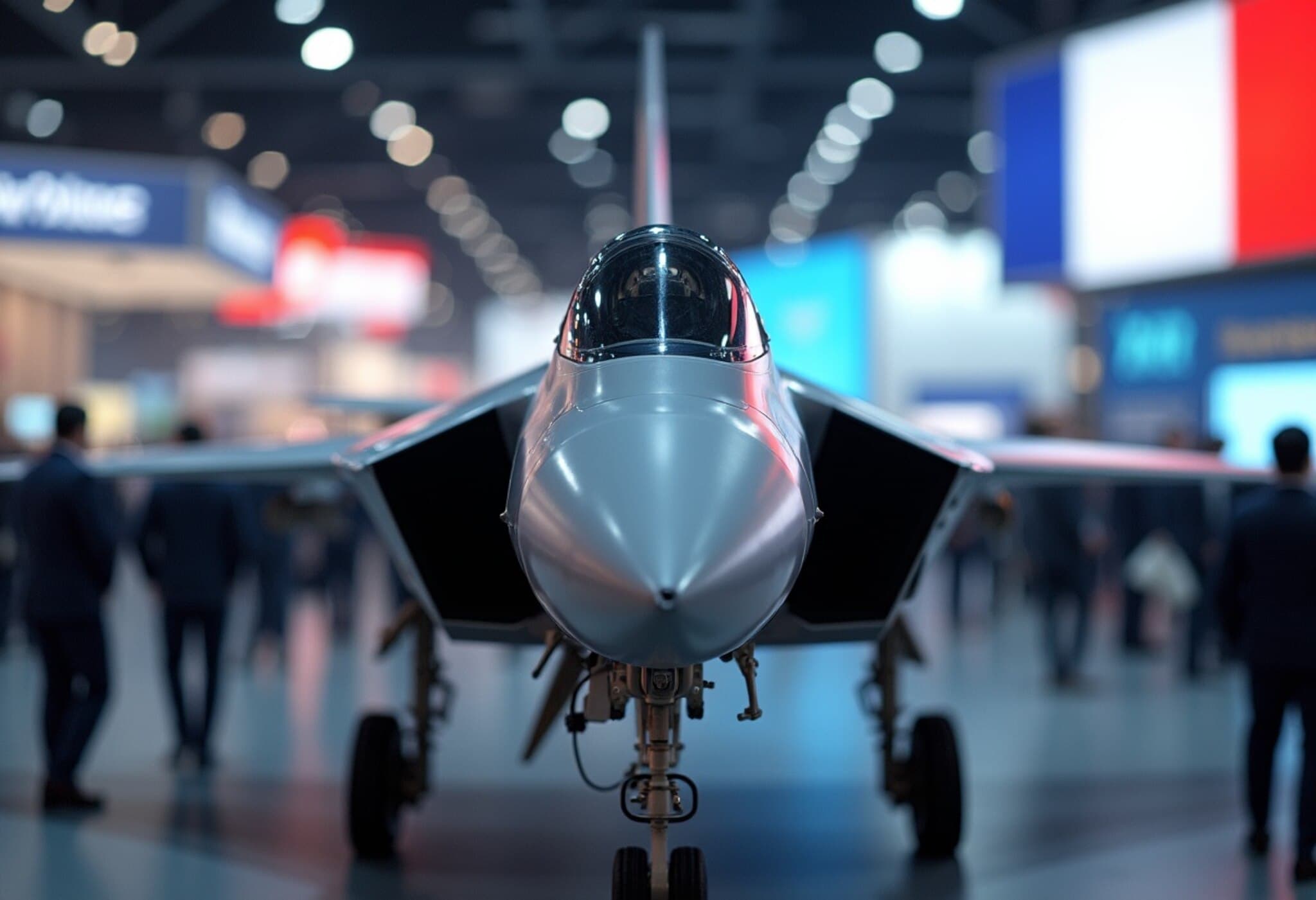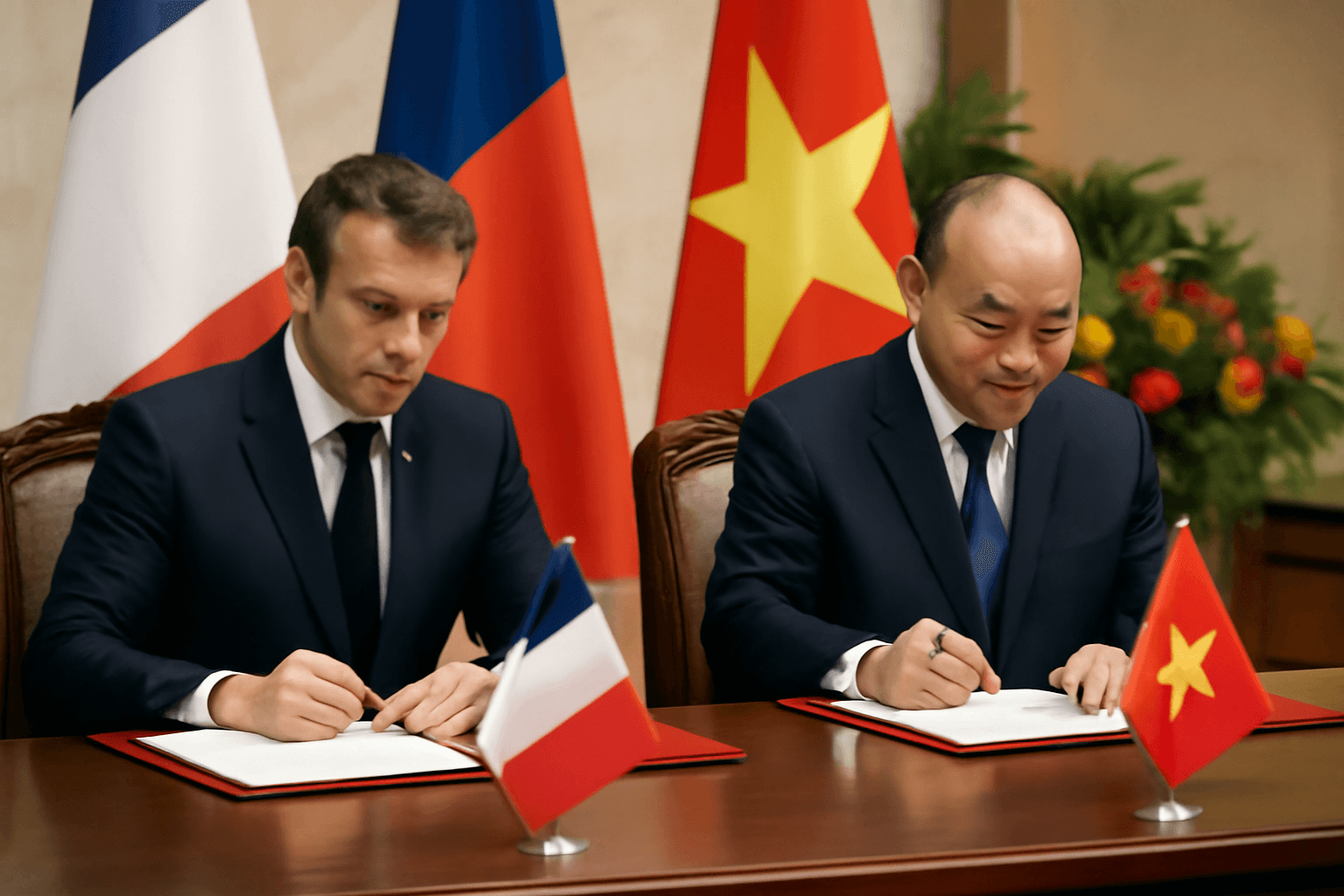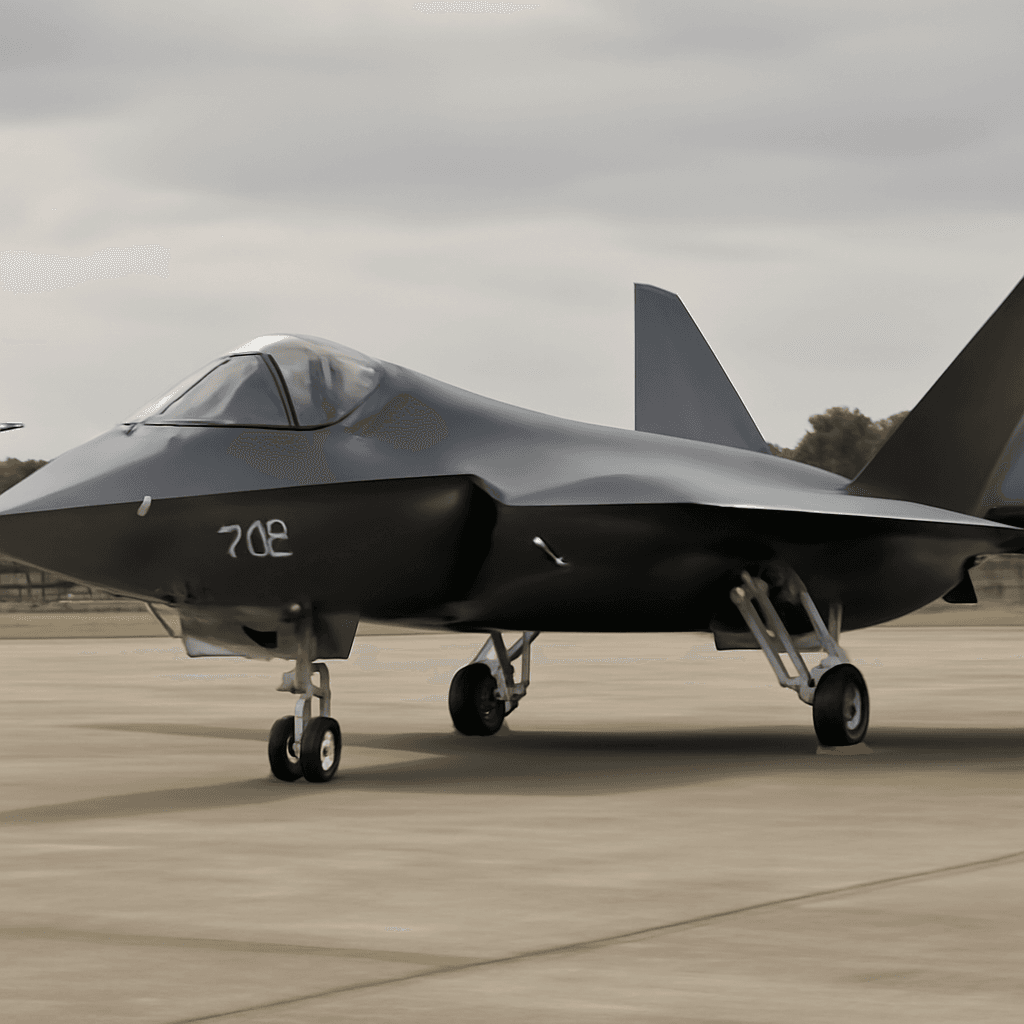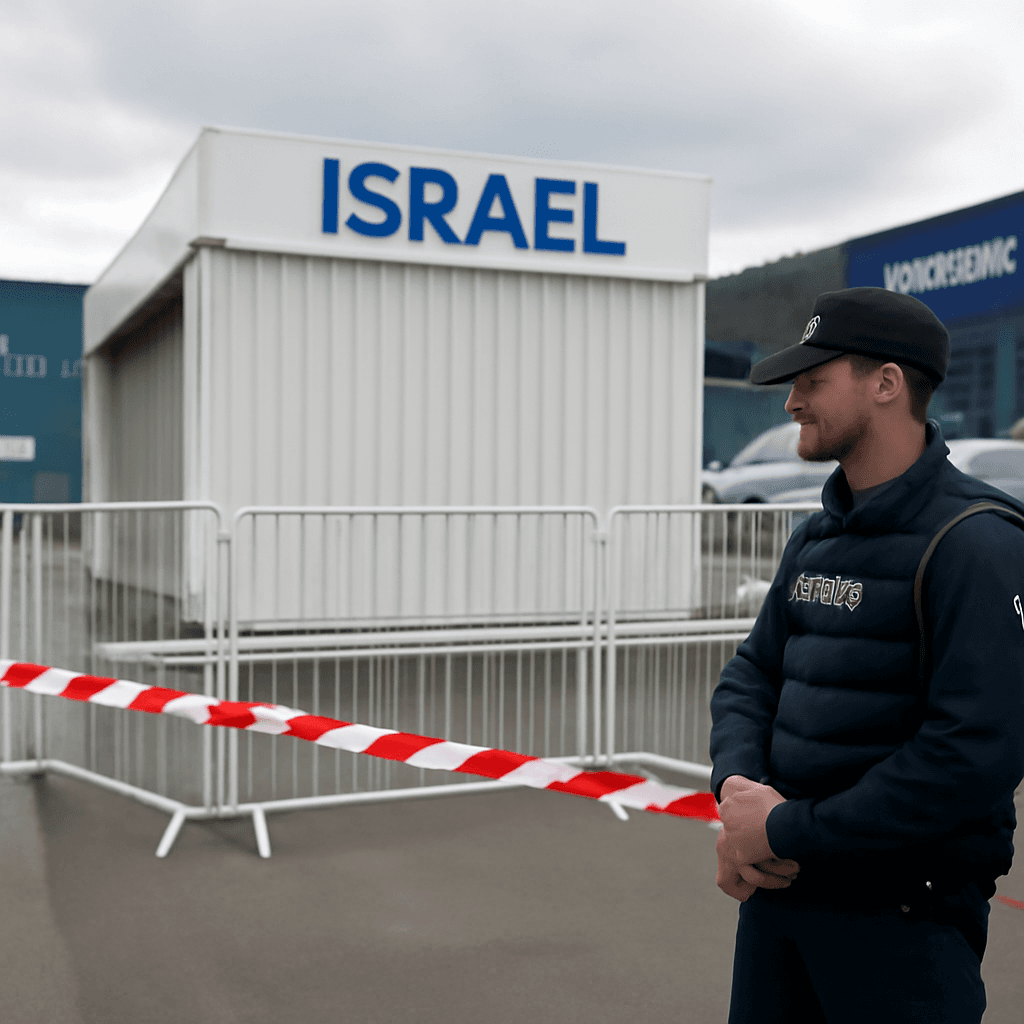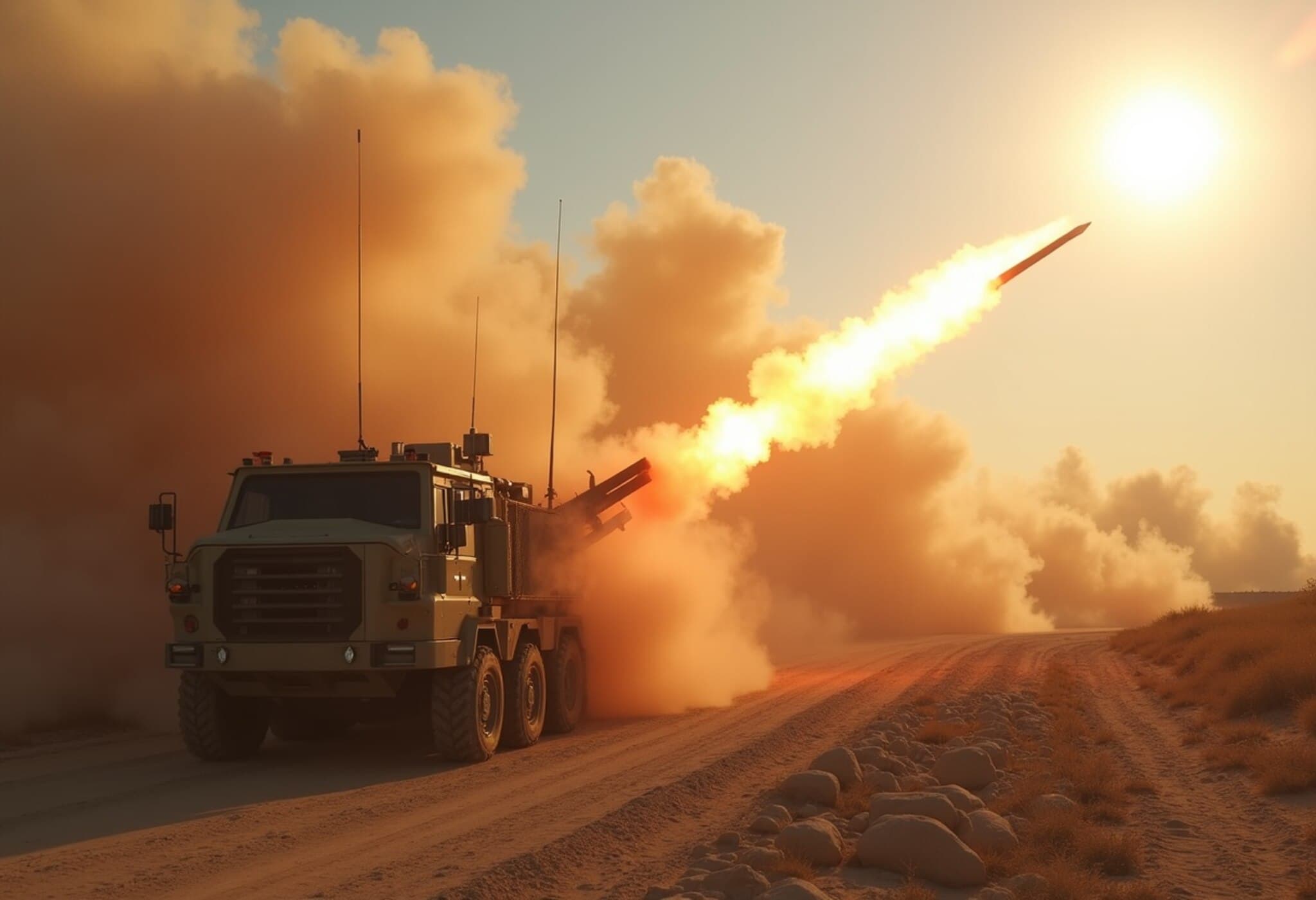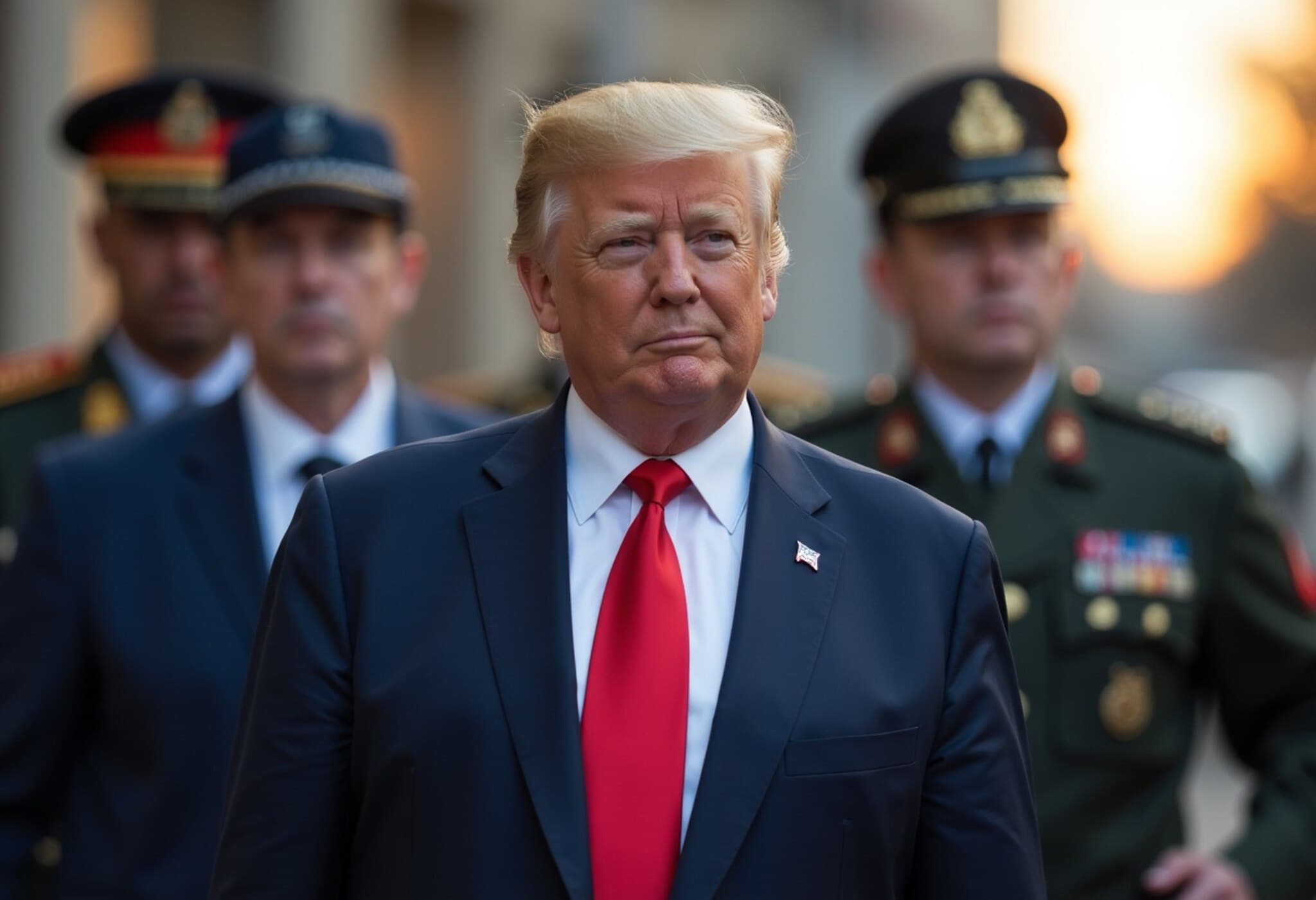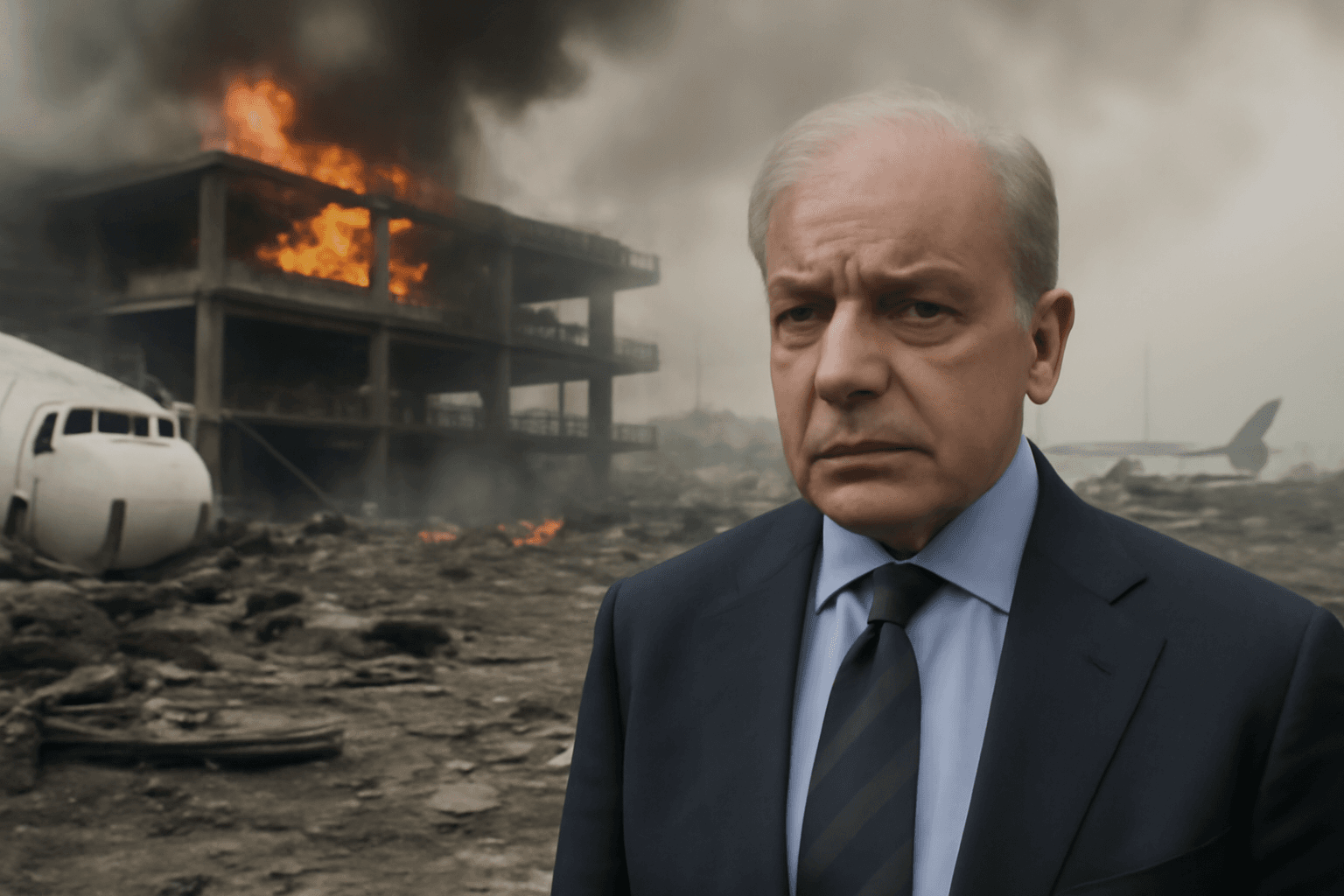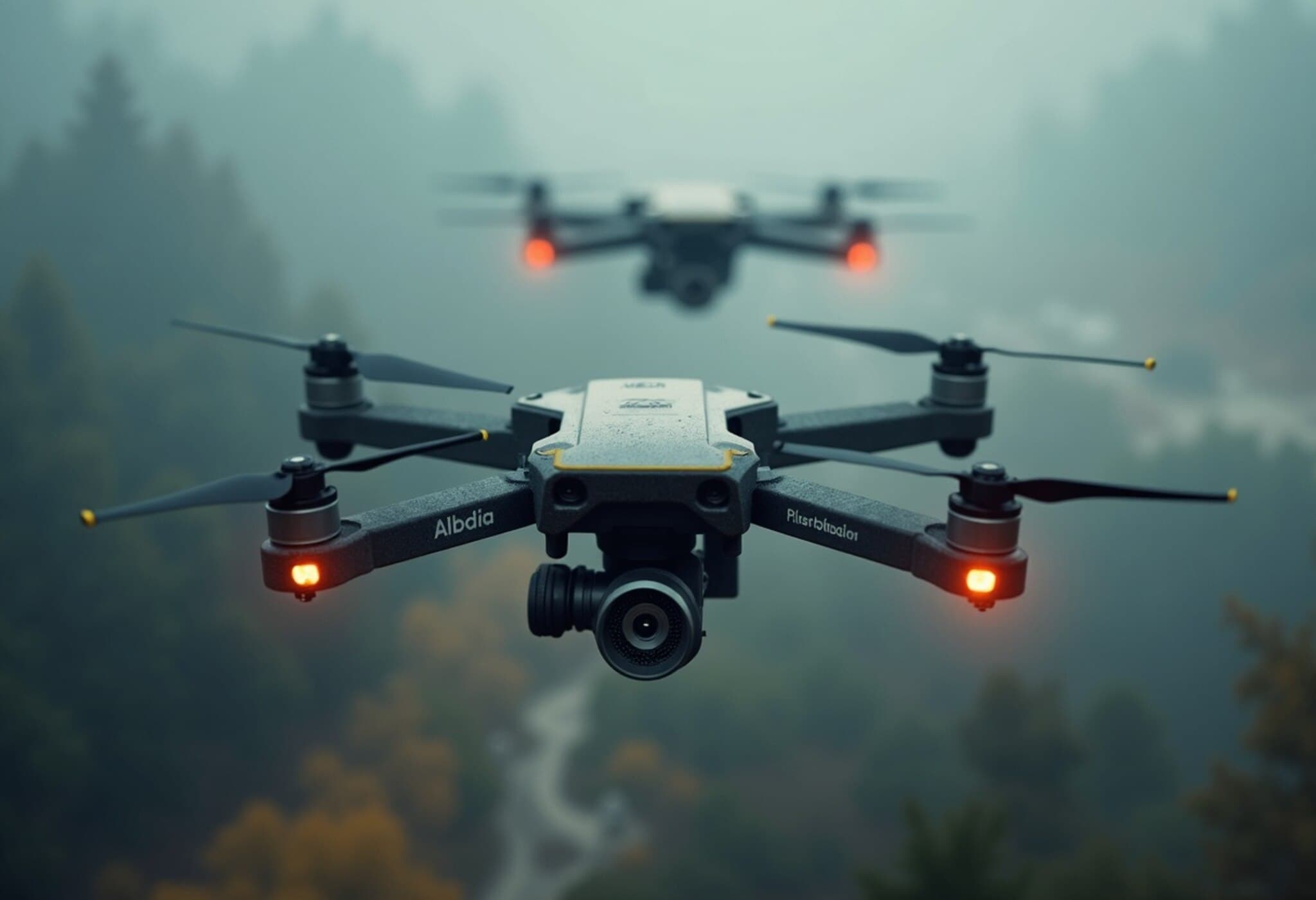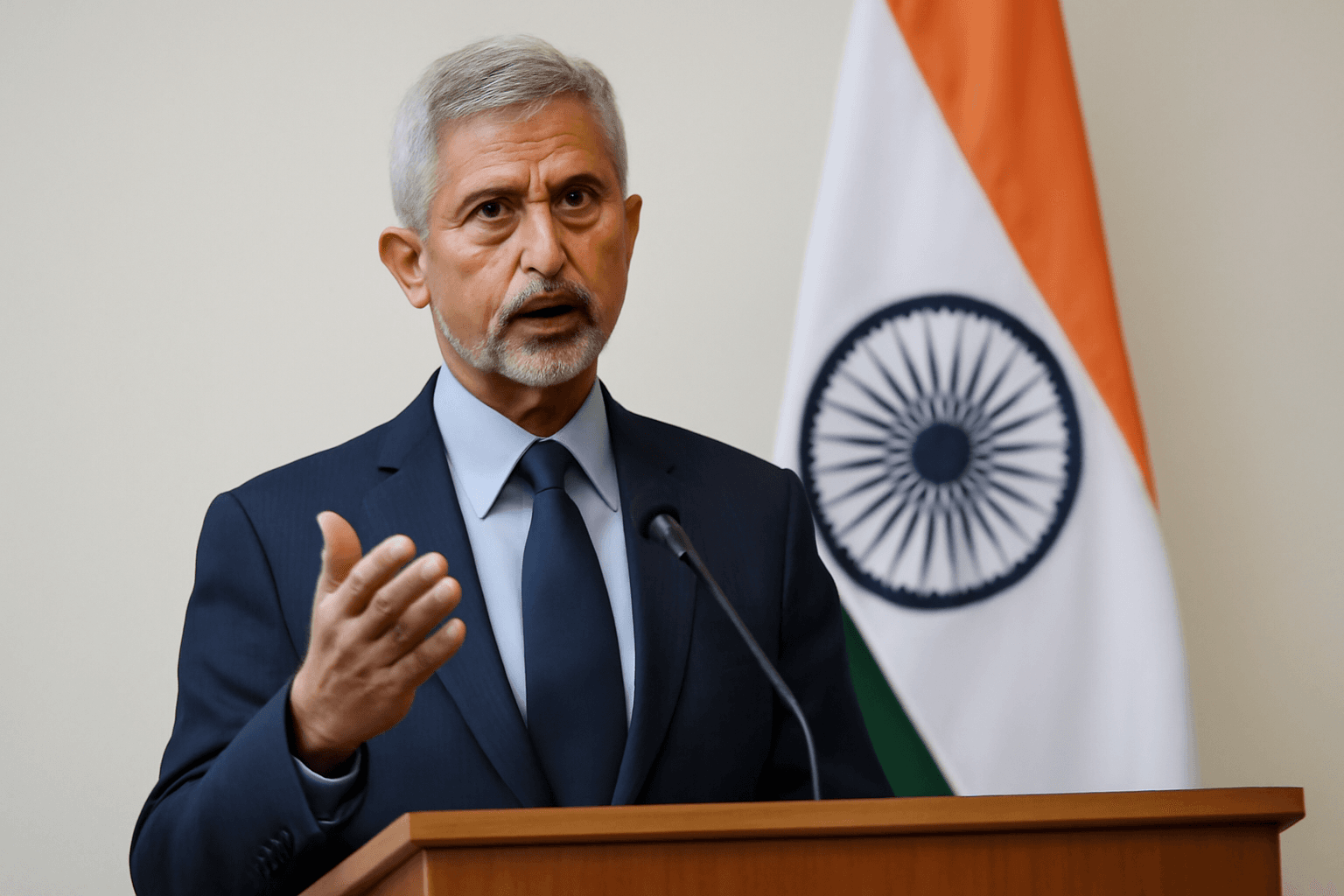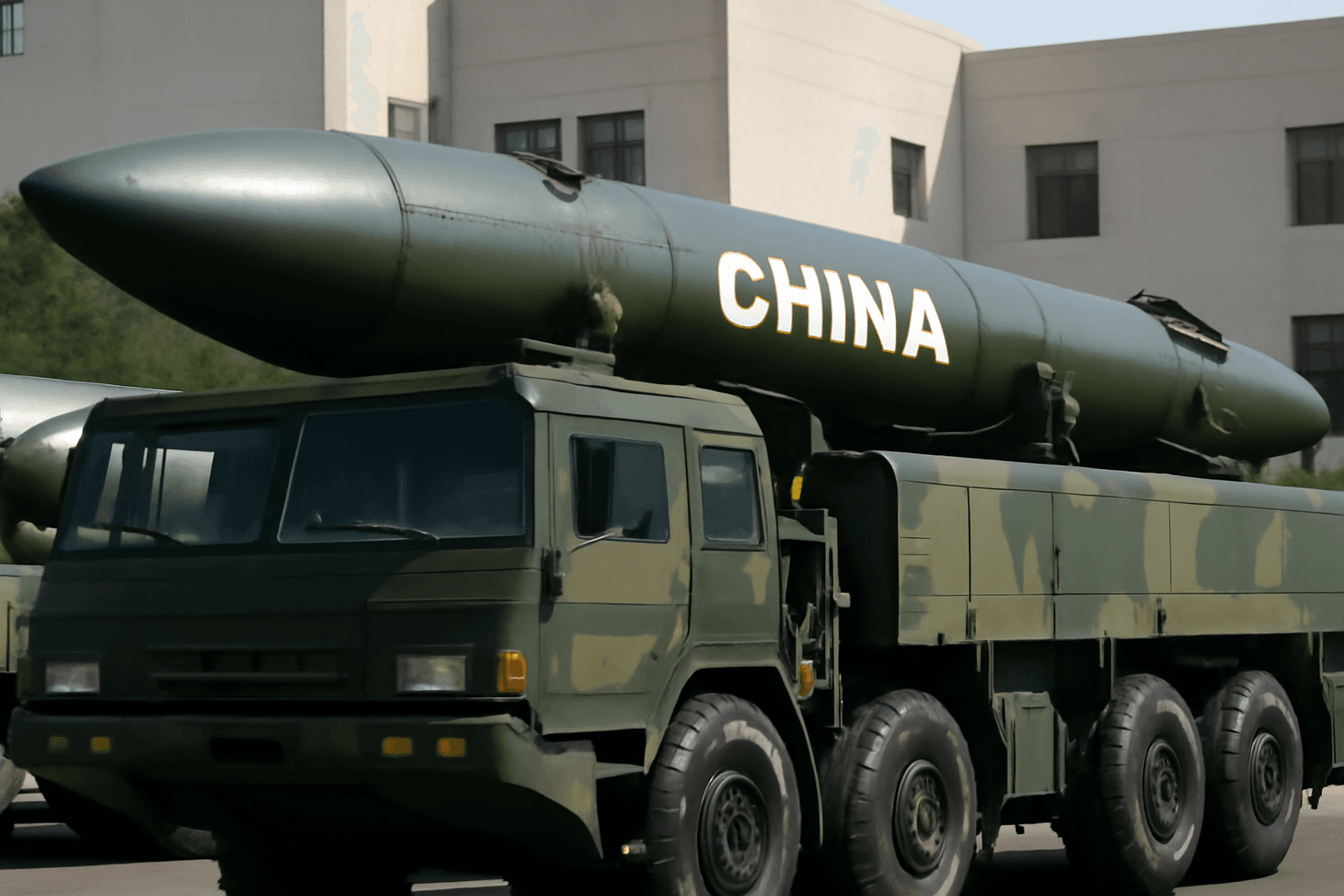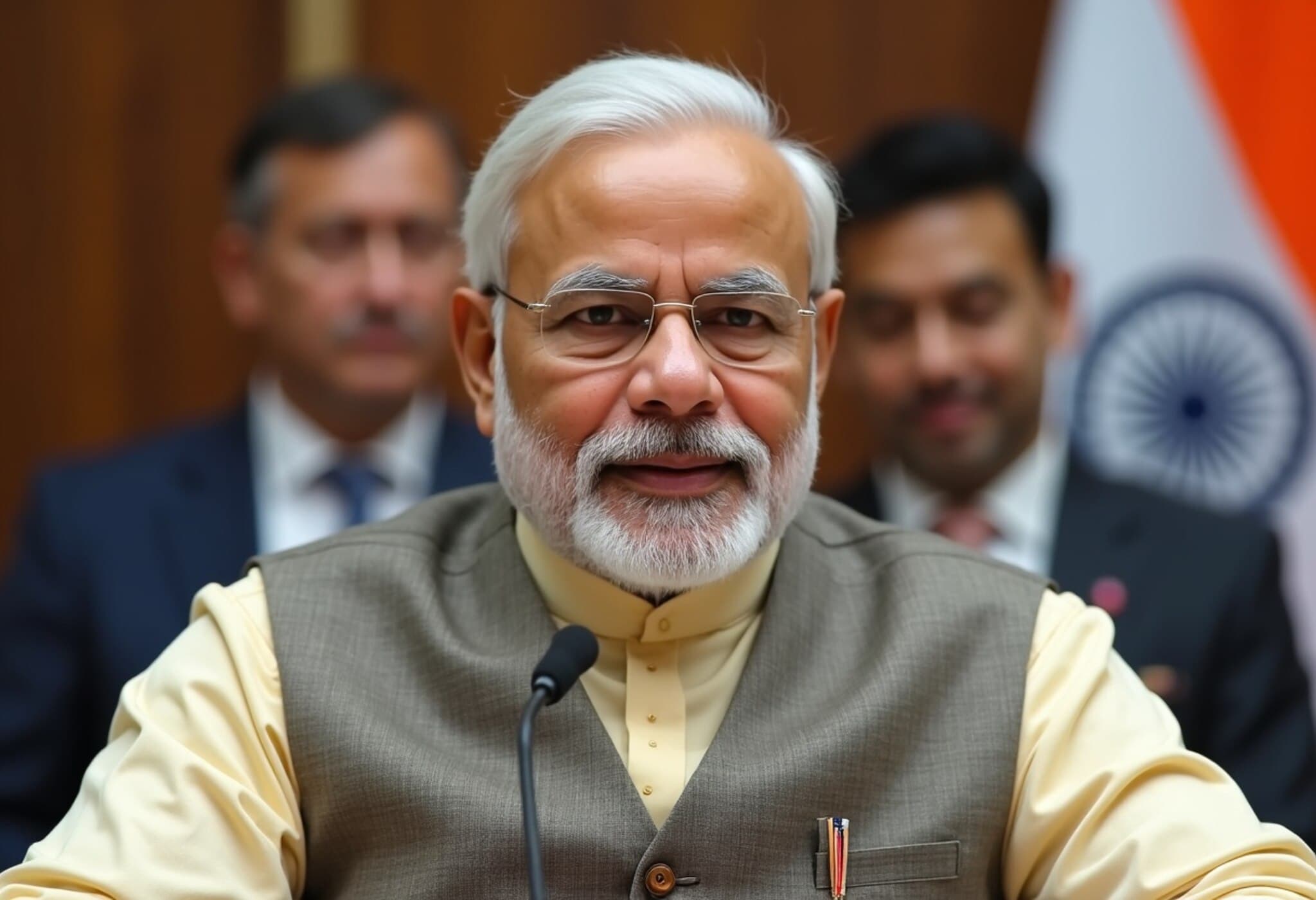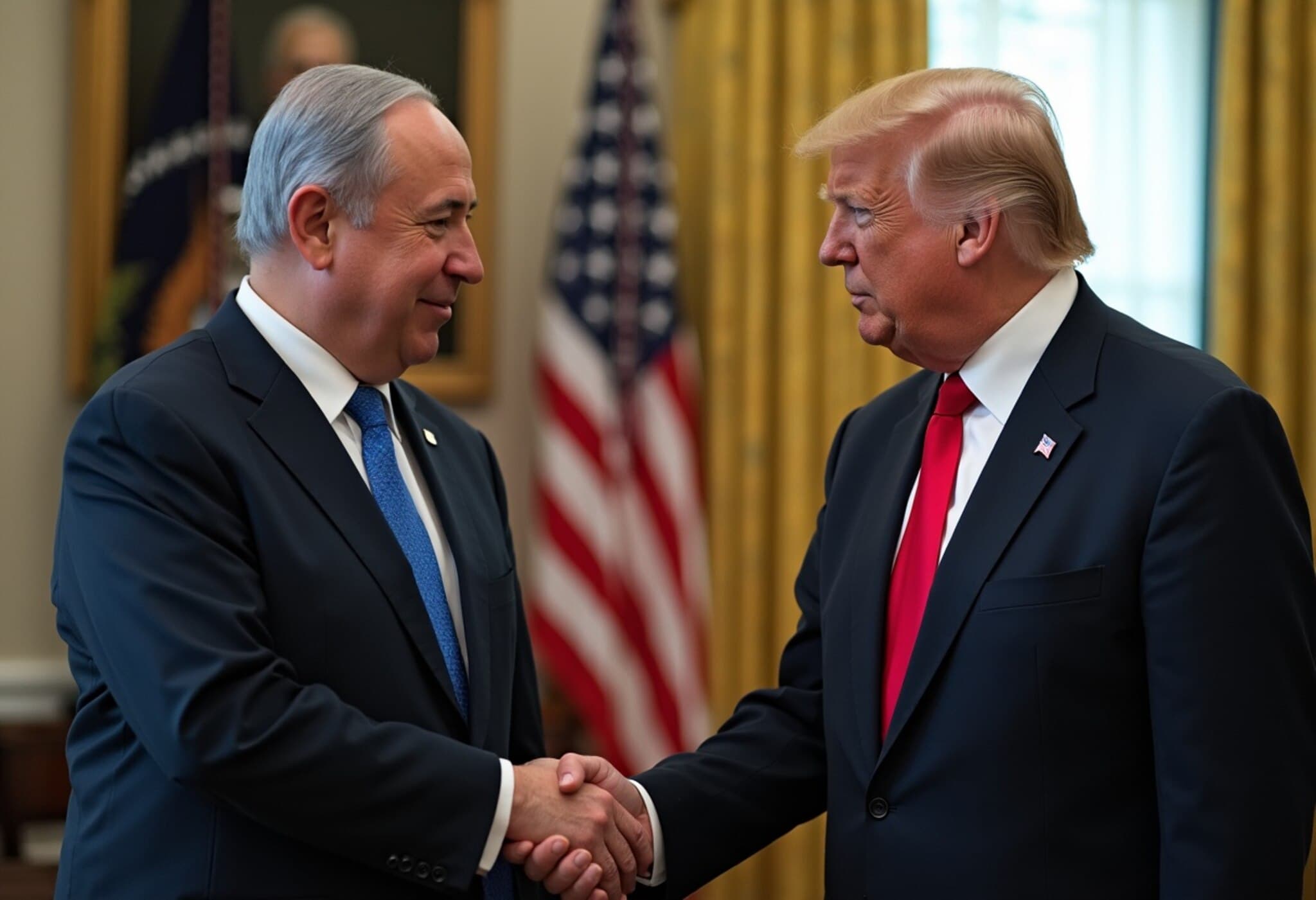Indo-Russian Kamov Helicopter Venture Faces Delays Amid Global Tensions
The ambitious joint venture between India and Russia to manufacture 200 Kamov helicopters on Indian soil has encountered significant obstacles. Originally inked in 2015 and materialized through the collaboration between Hindustan Aeronautics Limited (HAL) and Russian Helicopters—under the umbrella of Indo-Russian Helicopters Limited (IRHL)—the project now finds itself entangled in a web woven by geopolitical conflict, international sanctions, and lingering supply chain disruptions.
The Impact of the Ukraine War and Western Sanctions
The ongoing war in Ukraine has reverberated far beyond eastern Europe, affecting industries and partnerships globally. For IRHL, the conflict has deeply unsettled the supply of critical components, many of which were sourced from Europe prior to the imposition of strict sanctions on Russia. According to HAL Chairman and Managing Director, DK Sunil, even essential parts like engines—once procured from European suppliers—are now subject to substitution efforts with indigenous Russian alternatives.
"The Russians are facing immense challenges due to the war and the subsequent sanctions," Sunil explained. "They have had to adapt by testing new engines developed domestically. While they agreed to our requirement for 70% local manufacturing for the helicopters, these hurdles have inevitably caused delays." This uncertainty has postponed the timeline for certification, a critical milestone expected by the end of this year, yet still not guaranteed.
Shifting Priorities: HAL’s Indigenous Helicopter Programs Gain Traction
With the Kamov project caught in limbo, HAL is increasingly investing in its homegrown helicopter programs—namely the Light Utility Helicopter (LUH), Light Combat Helicopter (LCH), and the forthcoming Indian Multi-Role Helicopter (IMRH). This pivot reflects a strategic push towards self-reliance amid rising geopolitical risks.
The new helicopter manufacturing complex in Tumakuru, Karnataka, exemplifies this renewed momentum. It already produces LUHs, with eight units completed, and is set to scale up its manufacturing of LCHs and, eventually, the heavier 12-tonne IMRH. As Tumakuru ramps up production, it will relieve the Bangalore facility, which will continue its focus on the Advanced Light Helicopter (ALH) Dhruv model.
Regional and Strategic Implications
The stalling of the Kamov joint venture presents a cautionary tale for international defense collaborations entangled with unpredictable geopolitical currents. For India—navigating its strategic partnerships carefully—this development underscores the imperative of reducing dependency on politically vulnerable supply chains.
Moreover, the delay affects India’s armed forces directly; out of the 200 helicopters planned, 135 were earmarked for the Army and 65 for the Air Force. The moment these platforms enter service impacts India’s defense readiness and future aerial capabilities.
Expert Commentary: Navigating Complex Geopolitical Terrain
Defense analyst Dr. Arvind Mehta notes, "India’s challenge with this joint venture highlights a broader trend where geopolitical flashpoints ripple across global supply networks. The pivot towards indigenous helicopter production is a savvy risk mitigation strategy, vital for maintaining operational autonomy in a volatile international environment."
Legal experts also observe that future contracts may require more flexible clauses to adapt quickly to sudden sanctions or embargoes, thereby safeguarding long-term defense procurement goals.
Looking Ahead: Questions Worth Considering
- How will the delay in Kamov helicopter induction affect India’s military operational capabilities in the near term?
- Can India's indigenous helicopter programs scale rapidly enough to fill this gap?
- What lessons can be drawn about international joint ventures in defense amid evolving global politics?
- Will India explore alternative partners or technologies to diversify its helicopter fleet procurement?
Editor’s Note
This unfolding story is more than just an industrial hiccup; it encapsulates the intricate interplay of war, technology, and diplomacy in today’s defense landscape. India's experience illuminates the pressing need for strategic autonomy and the resilience of local defense ecosystems. As the global order evolves unpredictably, nations like India must balance international collaboration with sovereign control over critical military assets.

